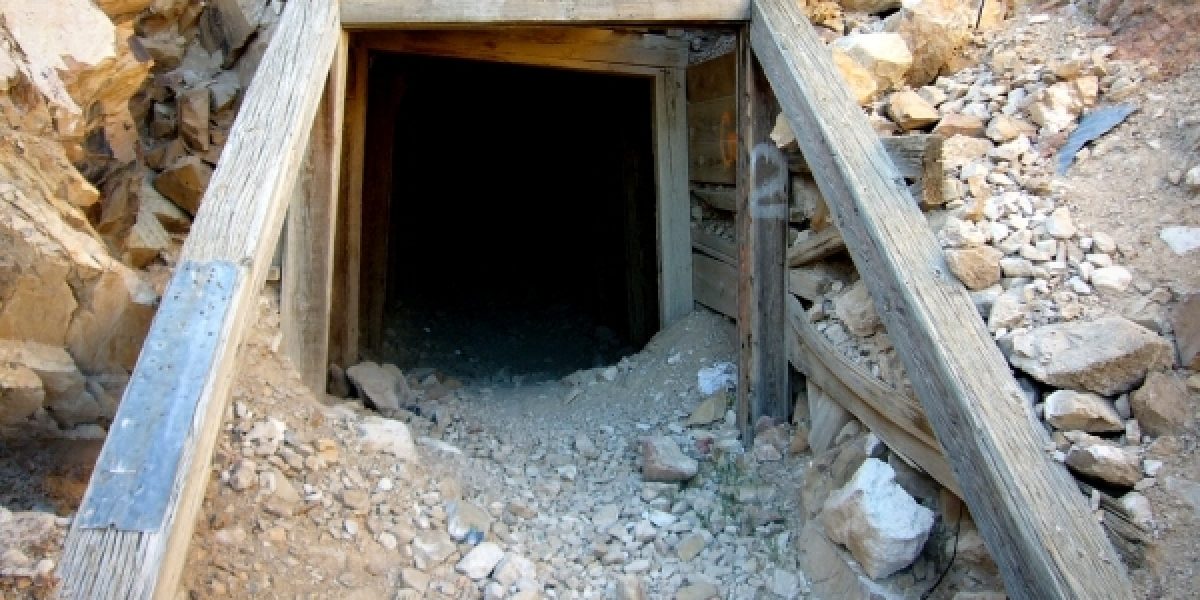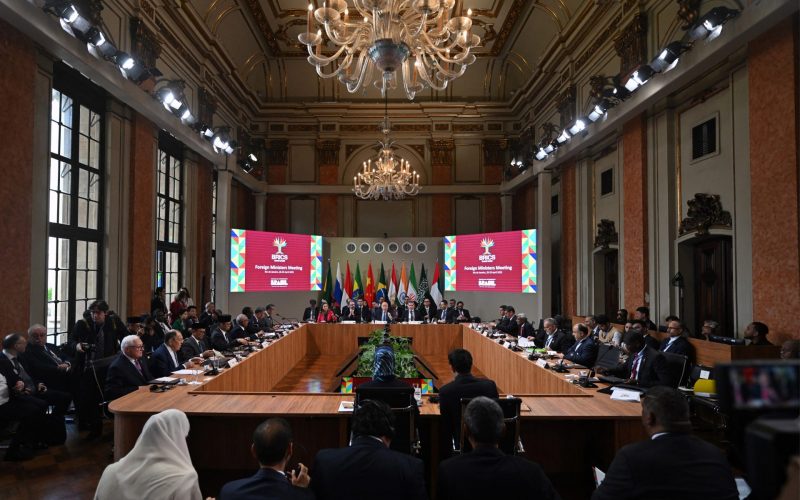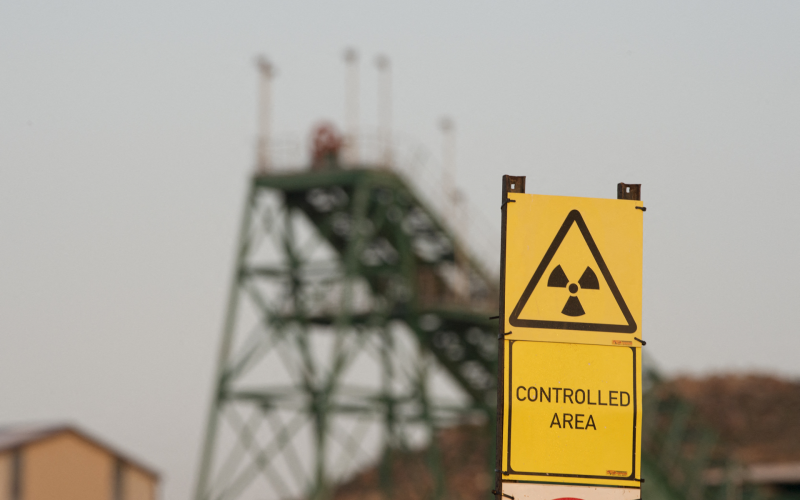Much of the discourse in the run-up to the anticipated meeting has centred on South Africa’s political economy and what, if anything, the conference can do to address the political quagmire, economic malaise and social instability now besetting the country.
Recently, business leaders have lamented uncertainties in the economic policy environment, with key departments each drafting and rallying behind their own blueprints, at the cost of following a coherent, government-led strategy. At the same time, religious leaders have called on the ANC to give effect to the democratic principles enshrined in the Constitution by using the conference to elect decisive, capable, and morally upright leaders.
Whereas the ANC has taken exception to what it sees as attempts to direct the outcomes of Mangaung, what remains evident is that South Africans realise that decisions taken or deferred at the Conference will have lasting impacts. Crucially, the quality of leaders elected at Mangaung will also shape the quality of the country’s democracy, its future economic direction, and the prospect of finally tackling the so-called triple challenges of poverty, inequality and unemployment.
Key to deliberations in Mangaung will be how best to ensure that the economy, forecast to grow at a sluggish 2.5% in 2012, weathers the global economic slowdown and growing internal convulsions, and contributes to the goal of social transformation. The National Development Plan, drafted by the National Planning Commission constituted by President Zuma in 2010, identifies the mining industry as one of the sectors that can contribute to the ANC’s vision for the South African society.
According to Citibank, the industry, valued at $2.5 trillion, is the biggest in the world. The sector employs over one million people directly and indirectly, contributes 8.8% to the gross domestic product and pays R25.8 billion and R5.5 billion in corporate taxes and royalties respectively.
Despite this, the mining industry has been beset by a myriad of challenges which have adversely impacted on its reputation and its contributions to society. Having missed the resource boom between 2001 and 2008, South Africa’s mining sector has been in a precarious position for the last few years. According to Statistics South Africa, the sector’s output decreased by 7.7% in the year to October 2012 and by 7.9% between September and October 2012. Companies and investors lament policy and regulatory uncertainties, administrative inefficiencies in licensing procedures and the unresolved debate over nationalisation of the mines. Deloitte’s latest ‘Tracking the Trends 2013’ report also shows that projected investment in the Australian mining industry is 18 times higher than the projected investment in South Africa’s mining industry which has a history of better returns. Deficient energy infrastructure and transport backlogs are some of the other key constraints facing the industry.
The debate around nationalisation of the industry, an unpopular alternative to the status quo according to many within the tripartite alliance consisting of the ANC, the Congress of South African Trade Unions and the South African Communist Party, has reignited calls for shared benefit from the exploitation of the country’s mineral wealth. Mining communities are increasingly calling for greater efforts from companies to develop their surrounding areas as well as to provide opportunities for a broader societal base beyond their labour force.
The killing by the South African Police Services of 34 striking miners at Marikana on 16 August 2012 brought these and other issues to the fore. Four deaths were recorded in the week before Marikana, and several other fatalities followed in the subsequent weeks. The wave of illegal and unprotected strikes that ensued in the gold and platinum sectors raised concerns nationally and internationally about the attractiveness of South Africa’s mines. Investors are worried about the volatility in the socio-political environment and the ability of labour to disregard due legal process and embark on wildcat strikes.
According to the Treasury, the strikes cost the country R10 billion in lost production, dented investor confidence and had a knock-on effect on manufacturing, logistics and services. While mineworkers benefited through increased wages, the mining industry shed thousands of jobs in response. Citing, inter alia, socio-political instability, low revenue forecasts and high labour costs, international rating agencies Moody’s Investor Services and Standard & Poor downgraded South Africa’s credit rating for the first time since 1994.
Much hope is riding on the upcoming elective conference and its potential to provide corrective actions. There is a widely-shared view that the industry needs to transform itself if it is to operate with a social licence to mine. There appears to be agreement that engagement between government, labour, business and communities has been adversarial and largely ineffective. Marikana highlighted the dire socio-economic conditions in which mineworkers live, the unsettling view that union officials are divorced from the aspirations of the rank and file, the failure of local government to meet the basic needs of citizens and the inability of corporate governance structures to provide adequately for mineworkers.
Mangaung alone will not provide the silver bullet for resolving all the accumulated problems in the industry. Global constraints, divergent views within the ANC and other organisational priorities may derail progress towards the goal of a clear mining policy needed to frame decisive action. Indeed, critical as policy is in informing direction and decision-making, change will not come only from the ruling party and government. Companies, civil society, including labour, as well as government all have a role to play in re-establishing South Africa’s mining industry as a global powerhouse. Charting a way forward will therefore begin with the realisation that every stakeholder has a responsibility to play its part in addressing the industry’s difficulties. Also, difficult concessions will be required from each of these actors to arrive at workable solutions.
From the above, two things are clear.
First, the mining sector is in desperate need of a clear, decisive policy that will address all of these existential issues facing the industry. This must serve as a blueprint for a rules-based framework capable of attracting foreign investment while speaking to the socio-economic aspirations of the ANC and wider society. These goals are not diametrically opposed.
Secondly, Mangaung has the potential to act as a platform for initiating such a policy. Yet, doubts linger on whether the Mangaung Conference can move the mining sector and the country forward as a whole. What is beyond doubt is that any outcome achieved will not please everyone.
For this reason, the elective conference may bestow some sort of legacy to the mining sector only if it rallies all the diverse stakeholders around a clear action plan for confronting challenges beyond Mangaung itself.








